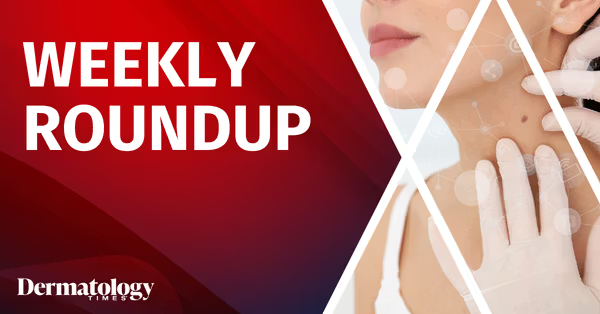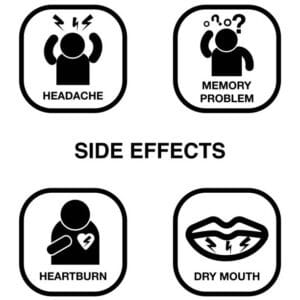Upadacitinib shows positive Phase 3 results in non-segmental vitiligo
What’s new (October 2025)
- AbbVie announced positive topline results from two replicate Phase 3 pivotal trials of oral upadacitinib 15 mg once daily in adults and adolescents (≥12 years) with non-segmental vitiligo (NSV).
- Co-primary endpoints at Week 48 were met:
- T-VASI50 (≥50% reduction in Total Vitiligo Area Scoring Index)
- F-VASI75 (≥75% reduction in Facial VASI)
- Key ranked secondary endpoints were also met; the safety profile was consistent with prior upadacitinib indications. AbbVie News Center
- Co-primary endpoints at Week 48 were met:
- Trade and professional outlets provide additional color consistent with the press release: significant gains in total and facial repigmentation at 48 weeks with 15 mg QD dosing. The Dermatology Digest
Why this matters
- Current standard: the only approved pharmacologic therapy specifically for vitiligo repigmentation in many markets is topical ruxolitinib 1.5% cream (a JAK1/2 inhibitor). An effective oral option would address patients with widespread or difficult-to-treat disease where topical application is impractical.
- Mechanistic fit: upadacitinib is a selective JAK1 inhibitor; JAK/STAT signaling is central to vitiligo pathogenesis (IFN-γ/CXCL10 axis). Phase 2 data already suggested clinically meaningful repigmentation and supported progression to Phase 3. thelancet.com


Trial signals you should know
- Population: Adults and adolescents with non-segmental vitiligo; baseline disease burden was substantial in summary reports (e.g., ~70% with T-VASI > 10 in one write-up). The Dermatology Digest
- Dose: 15 mg orally once daily. (No topline mention of 30 mg in the released summaries.) dermatologytimes.com+1
- Efficacy (topline):
- T-VASI50 and F-VASI75 at Week 48 significantly favored upadacitinib vs placebo in both replicate studies. AbbVie News Center+1
- Safety: “Consistent with known profile” for upadacitinib across its labeled indications (atopic dermatitis, RA, etc.); full numerical rates not yet disclosed in a peer-reviewed venue.
How strong is the evidence right now?
- Topline ≠ full paper: endpoints and directionality are clear, but granular data (absolute response rates, NNT, subgroup effects, time-to-response, durability post-treatment) await congress presentations or publication.
- The Phase 2 randomized trial (EClinicalMedicine, 2024) provides peer-reviewed support for efficacy and safety of oral upadacitinib in NSV and explains dose selection for Phase 3. thelancet.com
Positioning vs other JAK strategies
- Topical ruxolitinib: effective for facial and limited BSA disease; adherence is a constraint for extensive involvement.
- Oral JAK: potential systemic option for generalized NSV; early signals also suggest combination strategies (e.g., oral upadacitinib + topical ruxolitinib) may enhance repigmentation, though this is still investigational. ajmc.com
Regulatory and practical considerations (as of Nov 2, 2025)
- Upadacitinib is not yet approved for vitiligo; these Phase 3 results may support future submissions. Label expansions will depend on full datasets and regulatory review.
- Class warnings for JAK inhibitors (serious infections, malignancy, MACE, thrombosis) remain relevant; risk–benefit must be evaluated per patient if/when an oral JAK is considered off-label or becomes approved for vitiligo. (General safety profile references are implied by AbbVie’s communication and prior labels.) AbbVie News Center
Key sources
- AbbVie press release & newsroom (Oct 29, 2025) — pivotal Phase 3 topline: endpoints met (T-VASI50, F-VASI75), 15 mg QD, safety consistent. AbbVie News Center
- PR distribution & trade media corroborating topline messaging. prnewswire.com
- Clinical summaries (professional outlets) describing the Week 48 outcomes. dermatologytimes.com
- Phase 2 RCT (EClinicalMedicine, 2024) — mechanistic and efficacy foundation. thelancet.com
- Ongoing/related trials registries. clinicaltrials.gov




